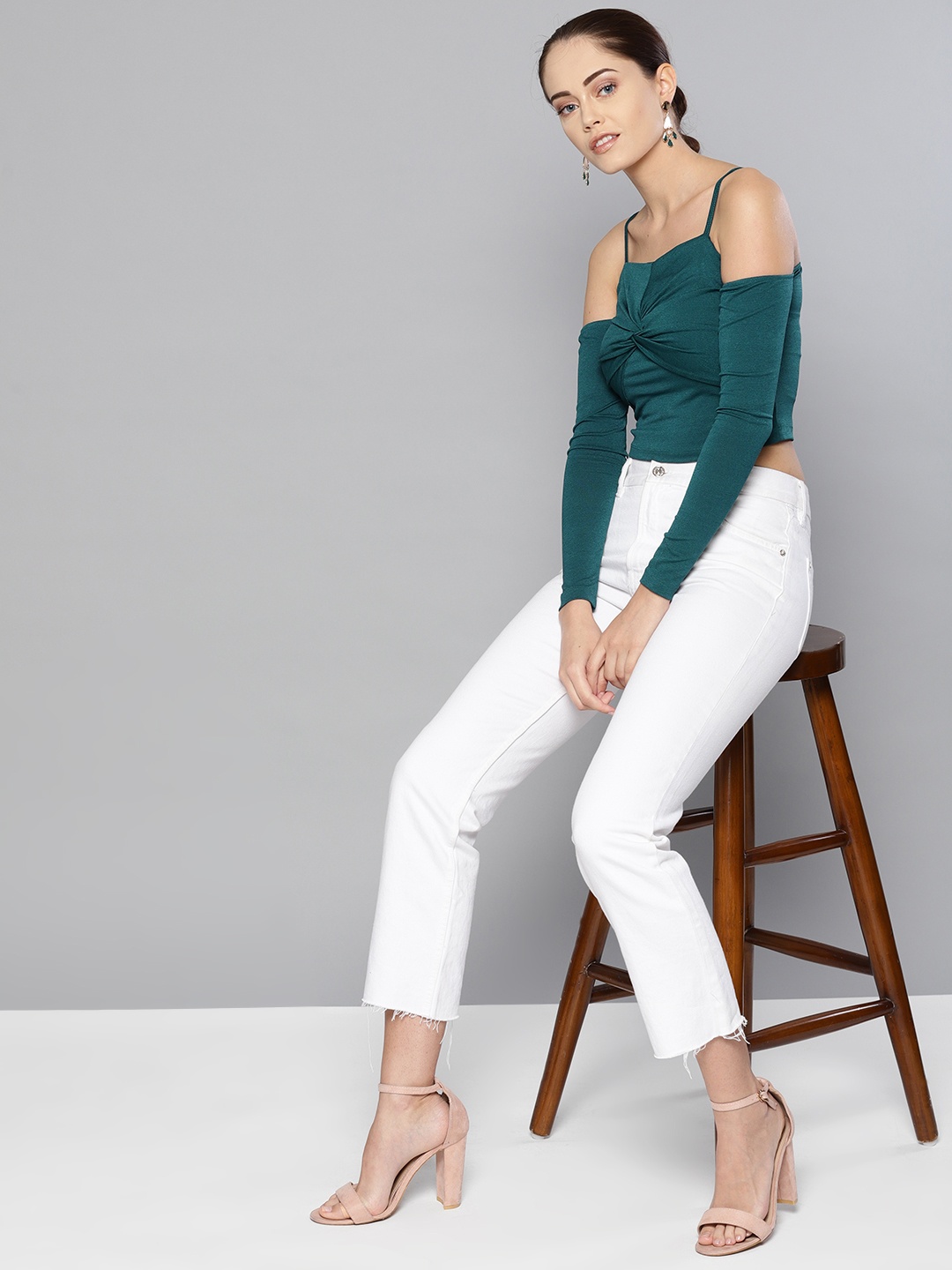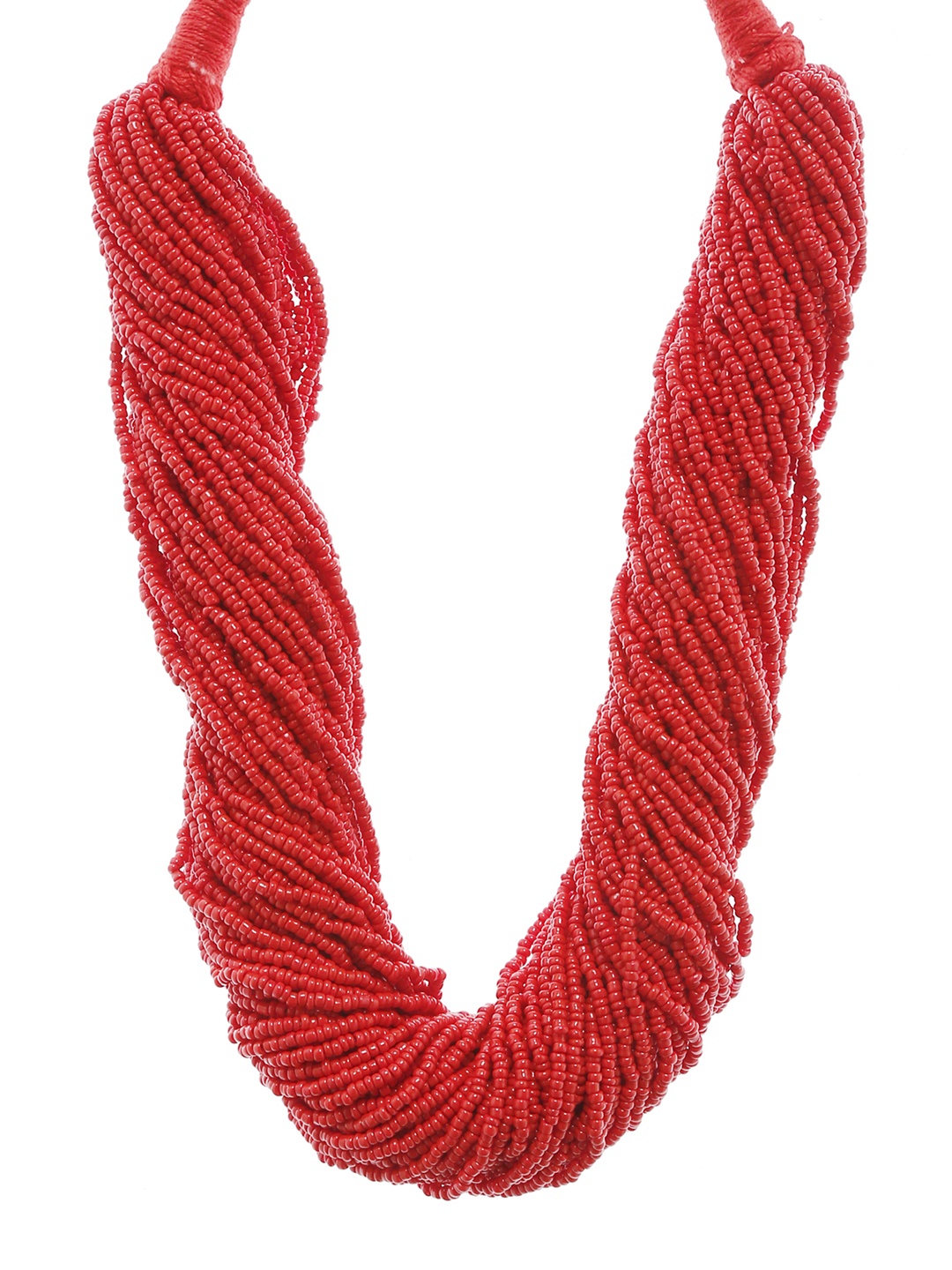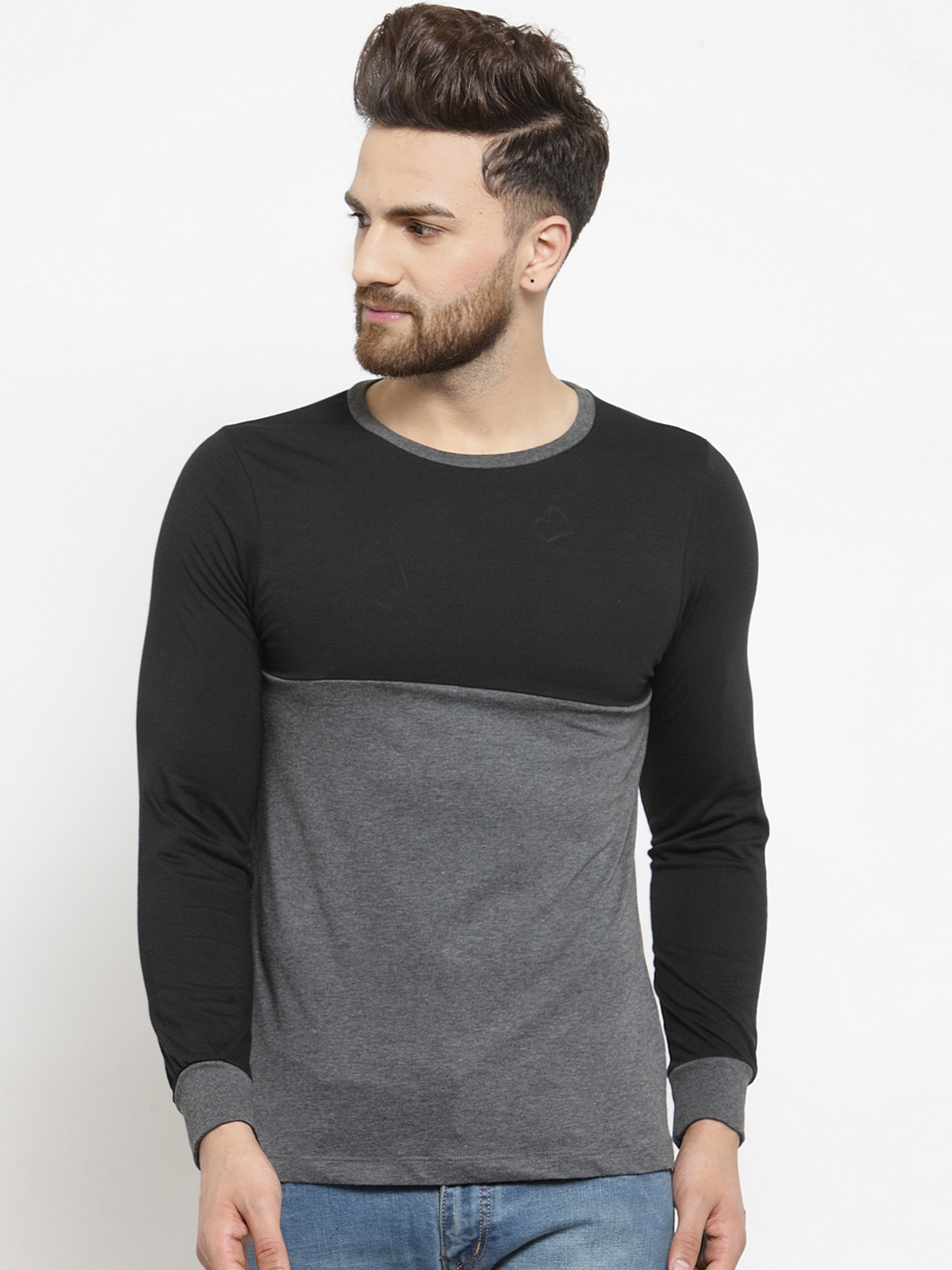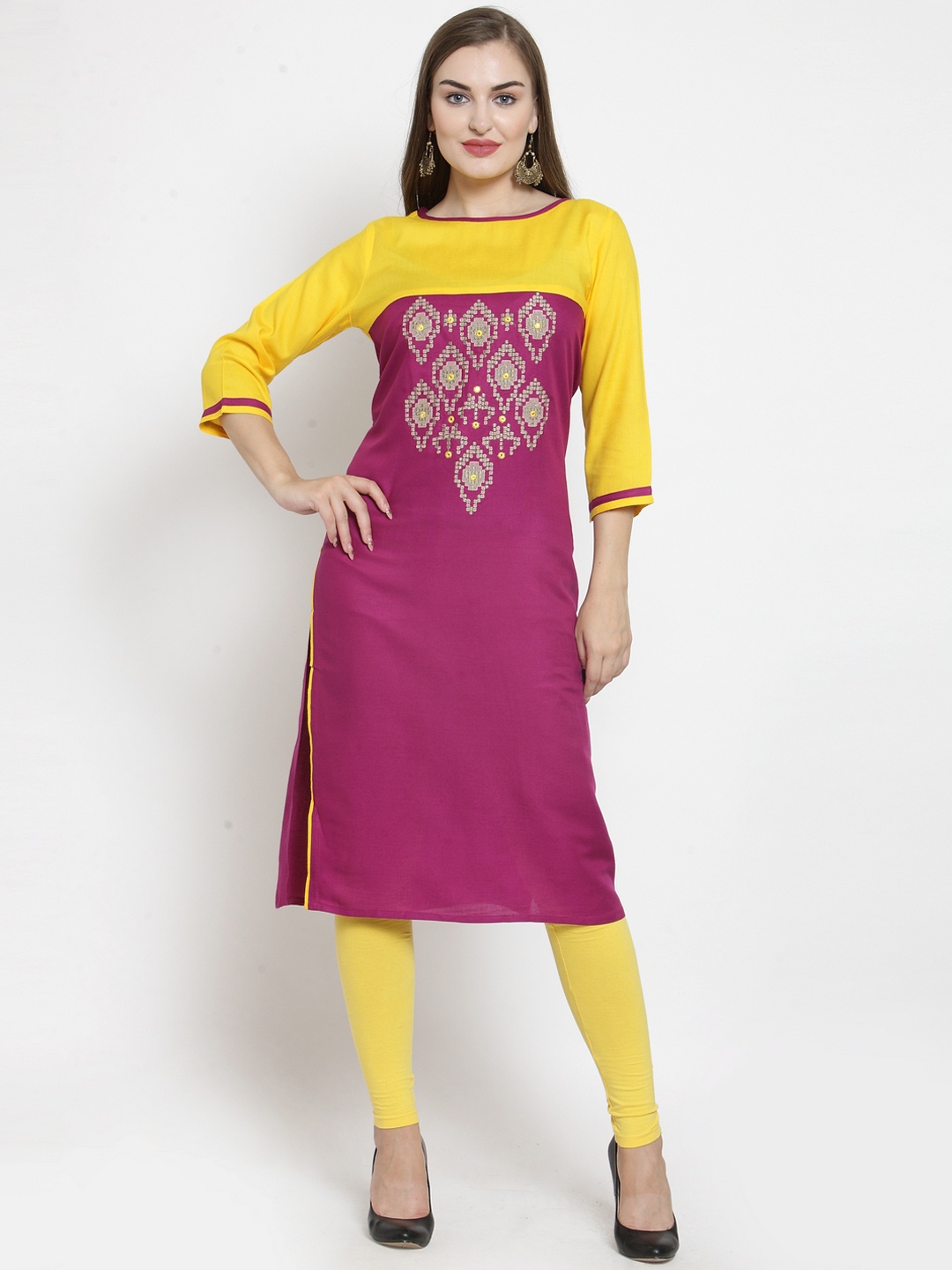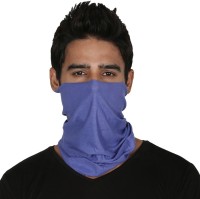How To Wear Ethnic Dresses Casually: Check This 10-Point Minimalist's Guide
Ethnic wear is not just for weddings or festivals anymore. If you want to know how to simplify your style, here is the minimalist's 10-point guide to wearing ethnic dresses casually.
10 Minimalist Tips For Rocking Your Ethnic Dresses In Casual Settings; Check Myntra For Top Picks.
There was a time when pulling out a kurta or a saree meant someone was either heading to a pooja, a family get-together, or an over-the-top cousin's wedding. Today, things have changed. Fashion is shifting gears, and so are mindsets. People want clothes that are comfortable, versatile, and a little stylish without looking like they're trying too hard.
Ethnic wear fits the bill beautifully. Think of the cotton kurta that beats the heat, the handloom saree that's breathable yet elegant, or the jhumkas that brighten up a dull Monday. The trick lies in wearing them casually, without drowning in layers of embroidery or feeling like you've been invited to a grand reception. If you want to know how to simplify your style, here is the minimalist's 10-point guide to wearing ethnic dresses casually. This guide keeps it simple, stylish, and budget-friendly while sprinkling in a bit of personality.

Your 10-Point Minimalist's Guide To Wearing Ethnic Dresses Casually Photo Credit: SASSAFRAS
1. Start With Fuss-Free Fabrics
When dressing casually, fabric is the unsung hero. Heavy silks or brocades look gorgeous but scream ‘special occasion'. For everyday charm, stick to cotton, mul, khadi, or linen. These fabrics breathe, move easily, and handle the chaos of daily life. A simple cotton kurta or an airy palazzo set can make running errands or working from a café feel like a breeze.
Imagine strolling through a Sunday market in a soft handloom kurta paired with kolhapuris. The fabric doesn't cling, the colours don't blind anyone, and yet there's style in every step. The best part? Many of these options are pocket-friendly, with lovely pieces starting at ₹800-₹1200 in local markets or online. Minimalist dressing isn't about being plain; it's about being practical without losing charm.
2. Play With Neutral And Earthy Tones
Loud reds and bridal pinks might look stunning at a wedding, but for a coffee catch-up or a college lecture, they can feel a bit over the top. Enter neutral and earthy tones. Beige, olive green, mustard, rust, and indigo have a calming vibe while looking elegant.
A simple beige kurta with wooden bangles or a rust-coloured cotton saree with silver studs can make heads turn without anyone squinting from too much sparkle. Earthy tones blend easily with everyday settings, from office corridors to weekend brunches. Plus, these shades age well, no fading into strange colours after a few washes.
Minimalist wardrobes thrive on repeat value, and these colours make mixing and matching a dream. Wear the same kurta with white trousers today and blue palazzos next week, no one will complain. They might even ask for shopping tips.
Also Read: How To Restyle Ethnic Wear For Work And Celebrations Without Buying New Clothes
3. Ditch Heavy Dupattas For Breezy Stoles
Dupattas are beautiful, no doubt, but wrestling with six feet of embroidered fabric while boarding a metro can feel like a wrestling match. For a casual look, replace heavy dupattas with soft cotton or chiffon stoles. They're lighter, easier to handle, and give that relaxed yet stylish vibe.
Picture this: a simple printed kurta, straight pants, kolhapuris, and a light indigo stole thrown over one shoulder. It looks like you've made an effort without actually trying much. Stoles also double up as scarves when the sun decides to scorch everything in sight. Two uses for the price of one, what's not to love?
For budget-friendly picks, local handloom fairs or small boutiques often have stoles starting at ₹300. They add colour without adding chaos, which is perfect for minimalists.
4. Mix Modern Cuts With Traditional Prints
One way to keep things casual is to experiment with cuts and silhouettes. Pair a straight-cut khadi kurta with cigarette pants or wear a high-low hemline with a block-printed dupatta. The fusion of contemporary tailoring with classic prints creates outfits that look stylish but stay rooted in tradition.
For instance, a monochrome kalamkari kurta with side pockets feels modern yet comfortable. Pockets, by the way, are the unsung heroes of women's fashion, finally, a place for the phone and wallet without lugging around a giant bag. Brands and tailors now experiment with A-line, slit, or asymmetrical hemlines in breathable fabrics.
These pieces cost roughly the same as regular kurtas, sometimes around ₹1000–₹1500, depending on the fabric. The result? Clothes that look like they belong on a Pinterest board but feel like your favourite pyjamas.

Your 10-Point Minimalist's Guide To Wearing Ethnic Dresses Casually; Photo Credit: Pexels
5. Layer Smartly Without Overheating
Layering isn't just for winter. Even in the sweltering heat, light layering can make a casual outfit stand out. Think sleeveless cotton jackets over plain kurtas, or a cropped ikat shrug over a solid-coloured dress. These layers add depth without turning you into a sweating mess.
Take the classic long shrug in pastel shades, it pairs well with everything from jeans to ethnic skirts. Plus, when sudden evening plans pop up, layered outfits look dressy enough for dinner without the need to change completely.
Street markets often have cotton jackets for ₹600–₹800, making them an affordable way to jazz up existing clothes. It's like giving your wardrobe a mini makeover without spending a fortune.
6. Accessorise Lightly, Shine Brightly
When keeping outfits casual, accessories can make or break the look. Skip the heavy gold jewellery and pick oxidised earrings, beaded necklaces, or a stack of wooden bangles. These pieces add personality without weighing you down, literally or visually.
A simple black kurta paired with silver jhumkas and a cloth sling bag? Effortless charm. A cotton saree with a chunky beaded necklace? Insta-worthy without looking like you planned it for hours.
The key is balance. If the outfit has bold prints, keep accessories minimal. If it's a solid colour, a statement piece can bring it alive. Local artisans sell stunning pieces at flea markets for under ₹500, proving that style doesn't always come with a heavy price tag.
7. Say Yes To Comfortable Footwear
Beautiful outfits lose half their charm if the shoes pinch. For casual ethnic dressing, comfort takes centre stage. Think juttis, kolhapuris, strappy flats, or even simple mojaris. These options blend effortlessly with ethnic wear while keeping feet happy through long commutes or strolls around town.
A pastel kurta with brown kolhapuris can look polished yet relaxed. For slightly formal settings, embroidered juttis add just the right hint of glamour without toppling into bridal territory.
Most local shops sell sturdy, pretty pairs between ₹400–₹1000. They're versatile too, pair them with jeans one day, a kurta the next, and maybe even a maxi dress over the weekend. Feet stay blister-free, and style stays intact.

Your 10-Point Minimalist's Guide To Wearing Ethnic Dresses Casually; Photo Credit: Pexels
8. Experiment With Sarees Minus The Drama
Sarees often get labelled as ‘too dressy' for casual wear, but it doesn't have to be that way. Swap heavy silks for cotton, linen, or chiffon sarees in subtle prints. Drape them the fuss-free way, pleats tucked in neatly, pallu pinned lightly, no elaborate layering.
Pairing sarees with crop tops or collared shirts instead of traditional blouses can also tone down the formality. A pastel linen saree with sneakers and a messy bun can look playful and relaxed.
Many handloom stores offer elegant cotton sarees starting at ₹1500. They last for years, need minimal accessories, and bring that effortless ‘oh this old thing?' vibe to casual dressing.
9. Blend Ethnic Pieces With Western Basics
Minimalist dressing thrives on versatility, and mixing ethnic pieces with western basics offers endless combinations. A block-printed kurta with denims, a long skirt with a plain T-shirt, or even a Nehru jacket over a simple dress, suddenly, wardrobes double without extra spending.
This blend also keeps things fresh. Wearing the same kurta with palazzos one day and jeans the next makes it look like two completely different outfits. Plus, layering a solid T-shirt under a sleeveless kurta can turn it into a quirky dress for casual outings.
College students and young professionals love this hack because it stretches every rupee while keeping style points intact. Who doesn't want two looks for the price of one?
10. Keep Makeup And Hairstyles Simple
Nothing says ‘casual' like minimal makeup and easy hairstyles. A hint of kajal, tinted lip balm, and maybe some sunscreen, done. No contouring marathons or hour-long blow-dries needed.
For hair, messy buns, loose braids, or simple ponytails work beautifully with ethnic outfits. They keep things practical for the office, college, or a day out with friends. A small bindi or a dash of lip colour can add charm without looking over the top.
The idea is to look put-together yet approachable, like someone who made an effort but didn't raid a salon at 7 am. It saves time, money, and energy while keeping the casual aesthetic intact.
Products Related To This Article
1. Vishudh Black Abstract Printed Maxi Dress
2. Anayna Printed Cotton Fit & Flare Ethnic Dress
3. Sangria White Floral Printed A-Line Ethnic Dress
4. Taavi Woven Legacy Checked Pure Cotton A-Line Ethnic Dress
5. Rain & Rainbow White Printed Fit & Flare Ethnic Dress
6. Rain & Rainbow Printed Fit & Flared Midi Ethnic Dresses
7. Sangria Rust Ethnic Motifs Printed Puff Sleeves Cotton Fit & Flare Ethnic Dress
Wearing ethnic clothes casually is about blending comfort, style, and practicality. It's swapping silk for cotton, heavy embroidery for subtle prints, and loud colours for earthy tones. It's about knowing when to add a silver earring and when to let the outfit speak for itself.
Minimalism isn't about owning less, it's about choosing wisely. With a few breathable fabrics, neutral shades, light accessories, and versatile silhouettes, everyday ethnic wear can look effortlessly chic.
Next time the wardrobe feels dull, skip the over-the-top outfits. Pull out that breezy kurta, team it with comfy flats, and maybe add a playful stole. Casual, stylish, and perfectly uncomplicated, just the way everyday fashion should be, and you should be buying these ethnic dresses online too.
Disclaimer: The images used in this article are for illustration purposes only. They may not be an exact representation of the products, categories, and brands listed in this article.
